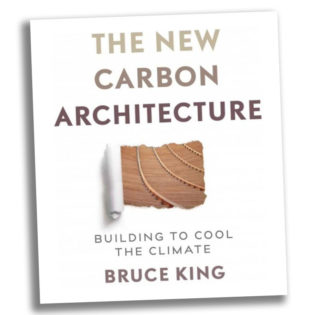Do you remember when few people understood what Net Zero meant? It wasn’t that long ago, but it’s certainly not the case anymore. Though there’s still some dispute about exactly how to define it, most people understand that a Net Zero building generates as much energy as it uses and a Net Positive building is one that generates more energy than it uses.
These metrics focus on the energy a building uses once it is built – known as operational energy – and have helped us decrease this energy use dramatically.
So now that we know how to make buildings that need much less operational energy, what’s next? How do we push the boundaries of sustainable building and save more energy?
How about considering the energy that goes into making the products that are used to build a building? This is known as embodied energy or embodied carbon, often referred to as the carbon footprint.
 For an entertaining yet in-depth discussion of embodied carbon in construction and why it matters, I highly recommend “The New Carbon Architecture” by Bruce King and friends.
For an entertaining yet in-depth discussion of embodied carbon in construction and why it matters, I highly recommend “The New Carbon Architecture” by Bruce King and friends.
* Spoiler alert: buildings made of straw and wood have much lower embodied carbon and can even act as carbon sinks, making them Carbon Positive… or is that Carbon Negative…? I guess it will be a few years before we get these new terms sorted out!
